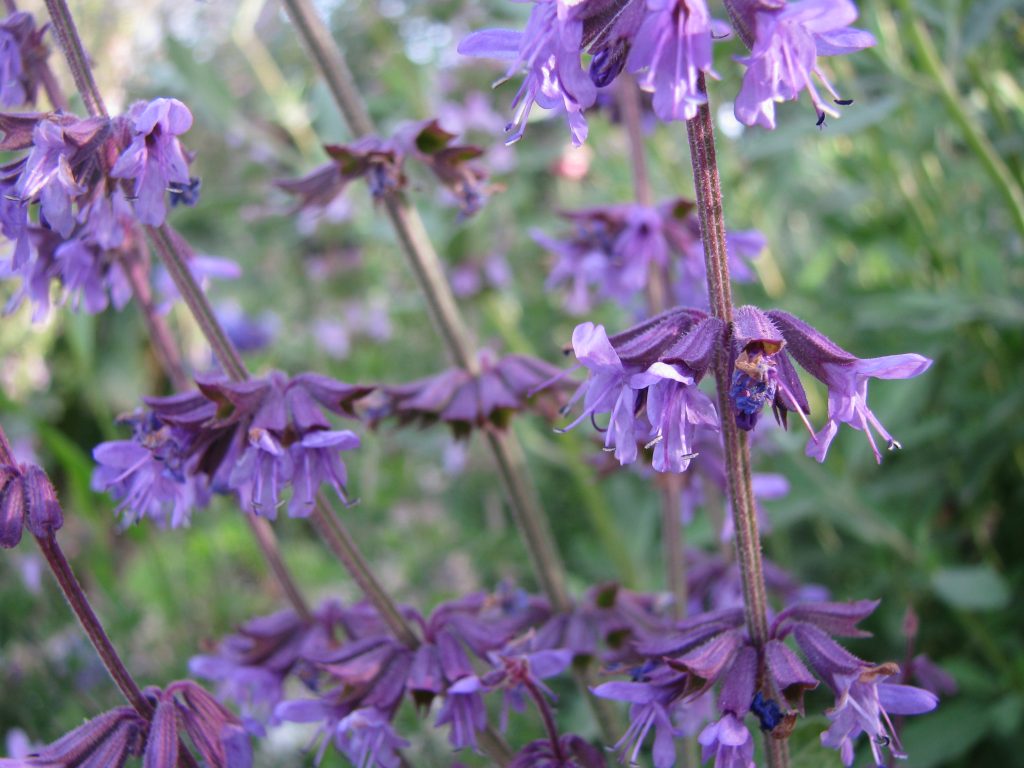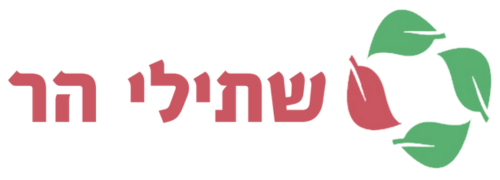
Salvia judaica – Judean Sage
Family: Lamiacea | Origin: Israel, Jordan, Lebanon and Syria
This sage is widespread in the Israeli mountains and lowlands and even on the edge of the desert. Although it is not tall it stands out from afar when in bloom.
For botany enthusiasts, it presents a different pollination mechanism than most sages, and butterflies or bees that come to visit it will receive a dose of pollen on their abdomens and not on their backs.
Judean Sage grows easily in a wild or a Mediterranean garden in partial or full sun with or without irrigation (to get nice and healthy plants, we recommend at least some supplemental irrigation in dry or short winters).
During the winter, it develops a rosette of large, lobed and dark green leaves. The branched flowering stems emerge in spring and turn more and more crimson as they mature.

These stand out from a distance, even more than the flowers. The flowers themselves are purple and emerge from a crimson cup and are not particularly conspicuous, but the abundance of flowers and the colorfulness of the stems create a striking and beautiful spot of color.
Like our other herbaceous wild sages, the plant dries out in the summer and usually dies after a few years, but this sage can also devide vegetatively and thus remain in the garden for many years.
It seems to do this better in relatively dry areas of the irrigated garden.
Judean sage attracts wild bees and butterflies and can be incorporated into the wild garden or even the irrigated garden under excellent drainage conditions.
Suitable in rockeries, behind low plants and in front of shrubs and even under deciduous shrubs.
:We also wrote about
לחצו כאן לקריאה על מרוות יהודה בעברית

